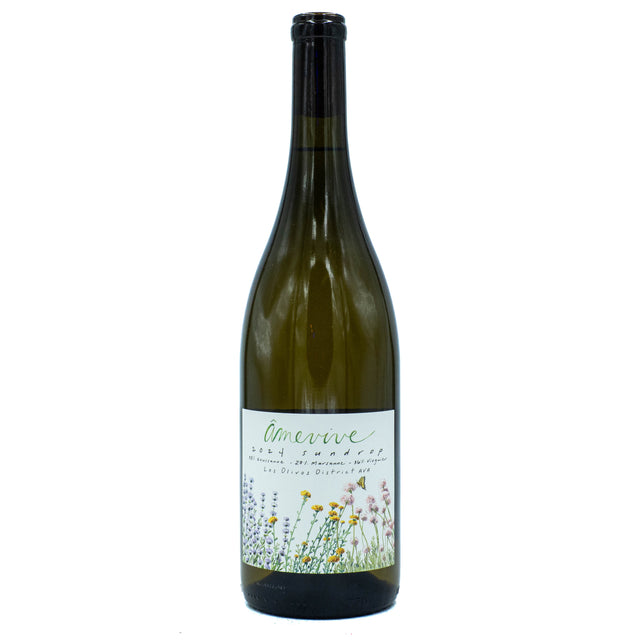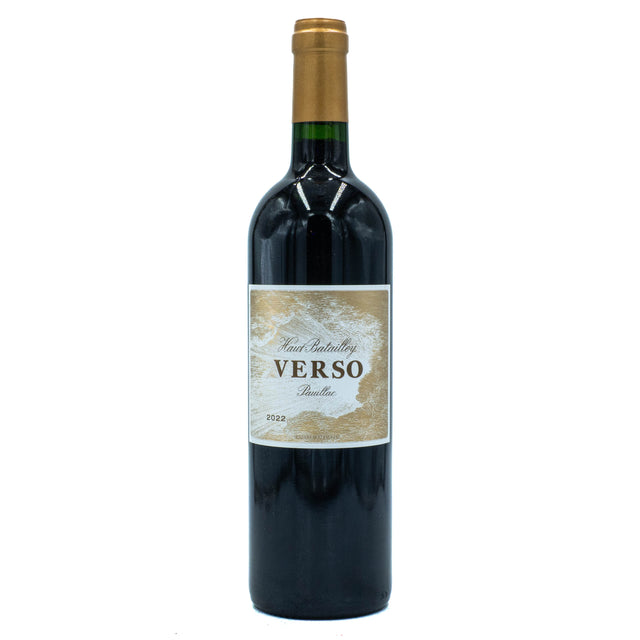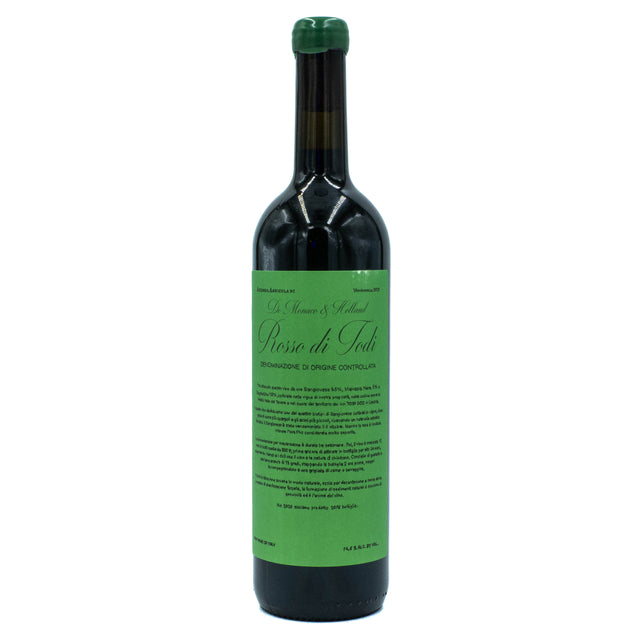Drink Better Wine Club
October, 2025 Selections. Members receive one bottle of each for $99. Updated the 15th of each month.
Previous Wine Club Selections
- Bisson Glera Vino Frizzante Trevigiani 2022
- Corty Artisan Pouilly-Fume "Caillotes" 2021
- Darling James Creek Vineyard Gamay 2023
- Chateau Le Puy "Duc de Nauves" 2021
- Philippe Pacalet Moulin-a-Vent 2016
- Selbach Oster Riesling Brut Sekt 2016
- Durigutti Pie de Monte Malbec Finca Ruano Las Jarillas 2020
- I Clivi Friulano San Pietro 2022
- Pedro Parra Trane 2021
- Xose Lois Sebio Vinos de Encosta Village 2022
- Gabriele Cordero "Fuschia" Langhe Nebbiolo 2021
- A Tribute to Grace Thompson Vineyard Grenache Blanc 2023
- Abbazia di Novacella Kerner 2023
- Etienne Simonis Sylvaner Vieilles Vignes 2020
- Bodegas Albamar Fusco Mencia 2020
- Tiberio Montepulciano d’Abruzzo 2021
- Outward Santa Ynez Syrah 2023
- Plascal Janvier Cuvee du Rosier Coteaux du Loir Rouge 2022
- Le Marie Blanc de Lissart 2022
- Rebholz Estate Pinot Blanc 2021
- Occhipinti SP68 Rosso 2023
- G.D. Vajra Dolcetto Coste e Fossati 2023
- La Salle de Chateau Poujeaux 2017
- Alma 4 Blanc de Blancs 2020
- Vincent Couche Coteaux Bourguignons Symbiose 2022
- Guimaro Ribeira Sacra 2023
- Villa Creek "SOuL" Grenache 2023
- Folias de Baco Uivo Branco 2023
- Chateau Montfaucon Chateauneuf du Pape Cuvee Bimard 2019
- Francois & Julien Pinon Vouvray Sec 2022
- Az Agircola Sofia Etna Rosso Gioacchino 2020
- Domaine de la Pepiere Cot 2023
- Breuer Trollinger 2023
- Vallana Boca 2018
- Sandlands Mataro 2022
- Nicolas Delfaud Saint-Veran 2022
- Vincent Couche Champagne Eclipsia
- Mas d'En Gil Priorat Vi de Vila "Bellmunt" 2021
- Domaine Miolanne Cotes d'Auvergne "Volcane" Rouge 2022
- Ashes & Diamonds Napa Valley Cabernet Sauvignon 2022
- Do Ferreiro Albarino 2023
- Luis Pato Baga Touriga Nacional 2023
- Sylvain Pataille Bourgogne Aligote 2022
- Scarpa Verduno Pelaverga 2022
- Cantina Terlano Pinot Bianco 2023
- Clos Cibonne “Cuvée Speciale Tibouren” Rouge 2023
- J.L. Chave Selection Crozes-Hermitage Silene 2023
- Terre di Montalto Etna Bianco 2023
- Franz Hirtzberger Gruner Veltliner Federspiel Rotes Tor 2023
- Chateau Feuillet Valle d'Aosta Torrette 2022
- Murdoch Hill Red Blend 2021



